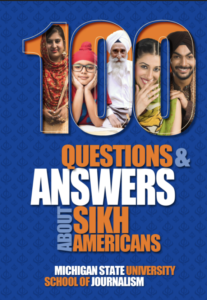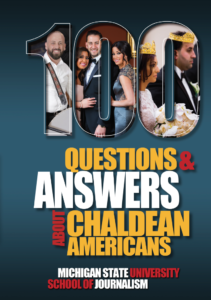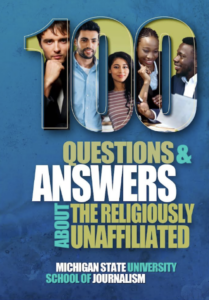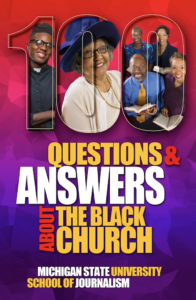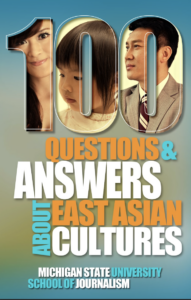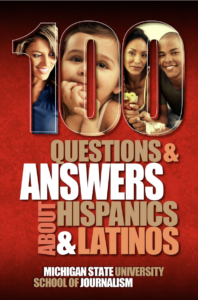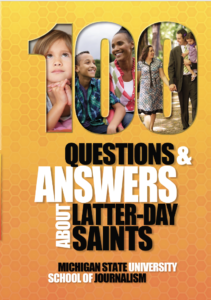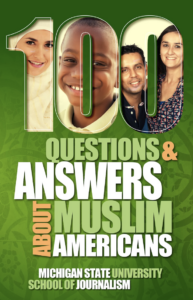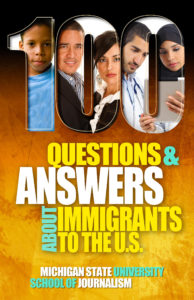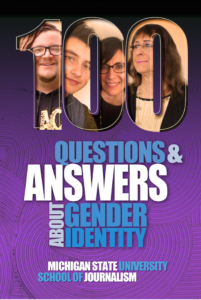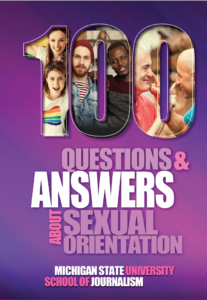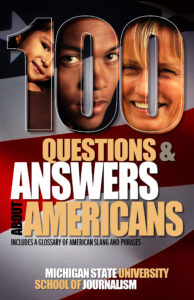This might be flying under your news radar, but there are significant developments happening in the United State involving Sikh people.
If you’ve missed it, it’s probably not negligence. While Sikhi is the fifth largest religion in the world with 25-30 million adherents, the faith represents a small minority in the United States. U.S. estimates are 300,000-500,000, about 1 percent of the global Sikh population.
NBC News reported last year that schools in 18 states and the District of Columbia are adding Sikh content. This is to address bullying of Sikh children, whose turbans, hair and names make them easy targets. Teaching can also elevate understanding of some major world events that resonate here. And, Sikh leaders in the U.S. are making string cases for visibility.
Right now, in early 2024, U.S. Sikhs are voting on a non-binding global resolution to have an independent Sikh state created in Punjab, India. As of today, 127,000 U.S. Sikhs voted on the Khalistan issue. Interest is also strong in Canada, which has a larger Sikh population than the United States. If you thought politics were complicated in U.S. presidential election year, and they are, try to wrap your head around a transnational democratic election. That is worth notice.
Interest in Sikhs and Khalistan has been piqued over the past few months with reports by the Reuters and other news services about disclosures and denials of a plot to kill Sikh separatists in the United States and Canada.
If you’d like a quick catch-up on Sikhi, why its children are bullied and ther rich religious practices, here is a starting point: “100 Questions and Answers About Sikh Americans” on Amazon. This Bias Busters guide was written to concisely answer the basic questions that Sikh people say they wish people would ask. The guide will position you to catch up with Sikhs you might happen to know or on a story that is certain to grow.

